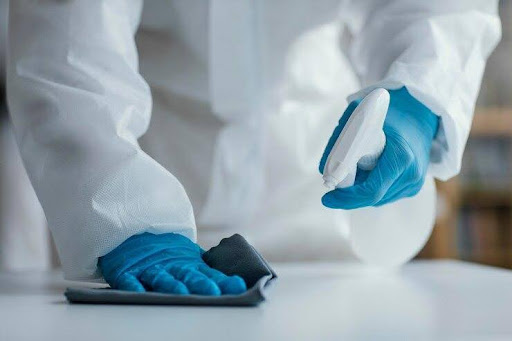In an era where hygiene is paramount, the importance of sterilization services cannot be overstated. This comprehensive guide is your key to understanding the significance of sterilization in various spaces. From workplaces to healthcare facilities and beyond, we explore the essential role sterilization plays in maintaining a hygienic environment. Join us on a journey through the principles, methods, and benefits of sterilization services at Prime Pest Control, ensuring the safeguarding of spaces for optimal health and well-being.
The Significance of Steriliza
tion
Sterilization is a critical process that involves eliminating or destroying all forms of microbial life, including bacteria, viruses, and fungi. Its importance extends across diverse environments, ranging from healthcare settings to public spaces, ensuring the prevention of infections and the maintenance of a clean and safe environment.
Healthcare Settings
- In hospitals and clinics, where the risk of infections is high, sterilization is a cornerstone of patient safety. From surgical instruments to medical equipment, thorough sterilization protocols are vital to prevent the spread of infections and maintain a sterile environment.
Workplaces
- In corporate settings, implementing sterilization services has become crucial for employee well-being. Regular sterilization of shared spaces, workstations, and high-touch surfaces helps mitigate the risk of contagious illnesses, creating a healthier workplace environment.
Public Spaces
- Sterilization plays a key role in maintaining cleanliness in public areas, such as transportation hubs, shopping centers, and recreational spaces. Regular sterilization efforts contribute to reducing the transmission of germs and ensuring public health.
Methods of Sterilization
Various methods are employed for sterilization, each tailored to specific needs and contexts. Common methods include heat-based techniques like autoclaving, chemical sterilization with disinfectants, and radiation-based methods. Understanding the diverse approaches allows for the selection of the most appropriate method for a given setting.
Benefits of Sterilization Services :
Disease Prevention:
- Sterilization services are instrumental in preventing the spread of infectious diseases, creating a safer environment for individuals.
Enhanced Safety:
- Whether in healthcare or public spaces, sterilization enhances safety by reducing the risk of contamination and infections.
Increased Confidence:
- Regular sterilization fosters confidence among occupants, whether they are patients, employees, or the general public, ensuring a sense of security in the cleanliness of their surroundings.
Implementing Sterilization Practices
To effectively implement sterilization practices, organizations should develop comprehensive protocols, invest in quality sterilization equipment, and educate staff on proper procedures. Regular assessments and audits help maintain adherence to sterilization standards, creating a culture of hygiene and safety.
Conclusion
Safeguarding spaces through effective sterilization is a fundamental aspect of promoting health and well-being. By understanding the significance, methods, and benefits of sterilization services, individuals and organizations can contribute to creating environments that prioritize hygiene, safety, and overall public health.

